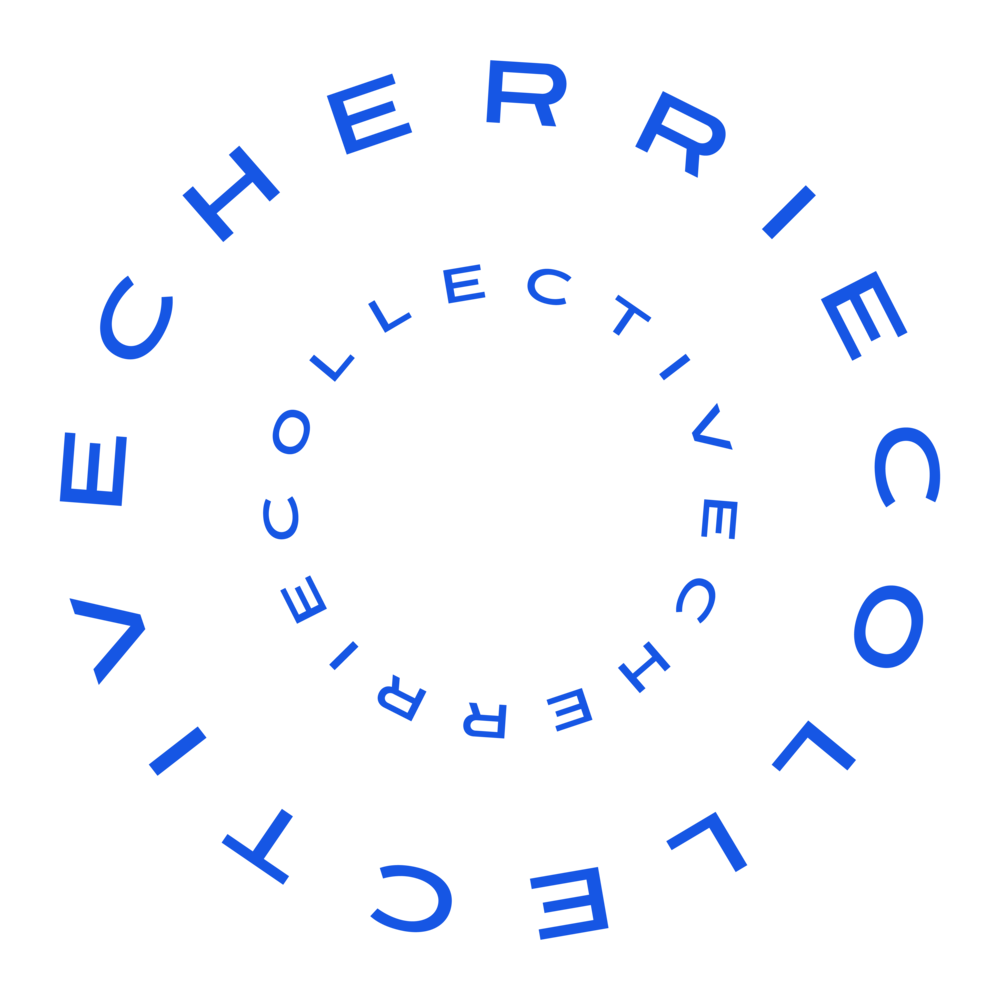Grindr Book
Research and writing, identity and system, and book design.
Primarily used as a tool for fast, convenient and discrete digital cruising, the largest all-male geo-social application, Grindr, facilitates an online existence for men-who-have-sex-with-men, otherwise known as MSM. Grindr is the result of a long history of methods of gay cruising like the Hanky Code and the Tearoom Trade, which existed because men were forced to have sex with men while in the closet.
Sex via app is less about a fear of being “outed” and makes sex faster, easier, and cheaper. Online existence through social media platforms like Facebook, Instagram, and Twitter is intrinsic to the youth of today who have grown up on the internet. As cruising has never been this accessible, voluntarily disclosing sexual orientation online through Grindr is critical to the social development of any gay youth (homosexual, bisexual, or curious male) living in a metropolitan area. In search of an identity, gay youth log online to find answers that may not be addressed in a classroom. A classroom where homosexual health and sex education do not exist.
Given the context of this research, I have kept the identity of my field sources anonymous. As I can not speak for the entire LGBT group, I am aware of the limits of my perspective: that not all gay youth or MSM use Grindr, and that not all MSM who use Grindr do so for purely sexual purposes.
I feel that for the 17 to 19-year-old gays of Los Angeles, who lack knowledge about the ramifications of anonymous sex, lack the preparation for gay life and experience the ease of cruising through Grindr, destabilizes the gay community in contrast to the homosexual society that previously existed.









